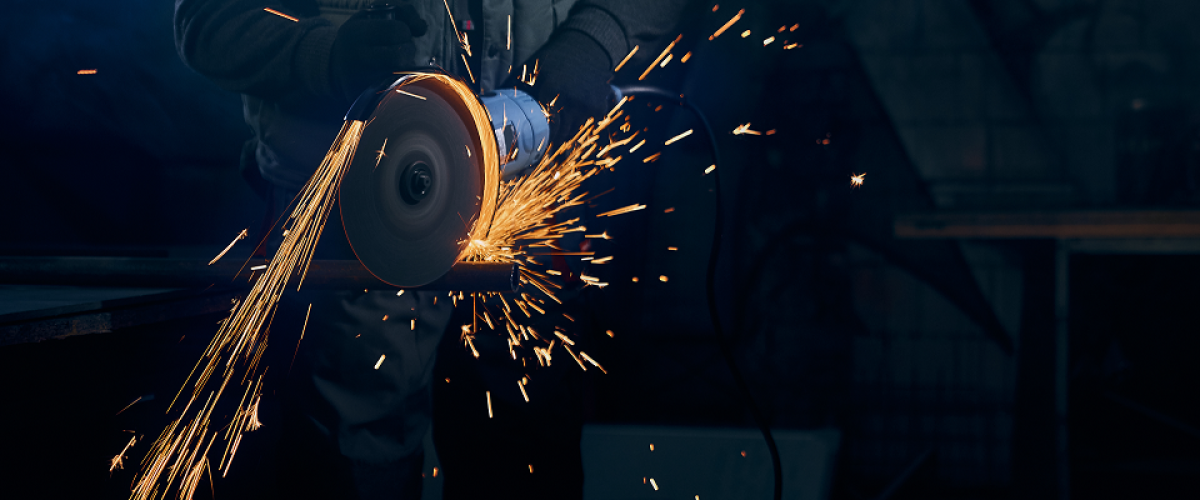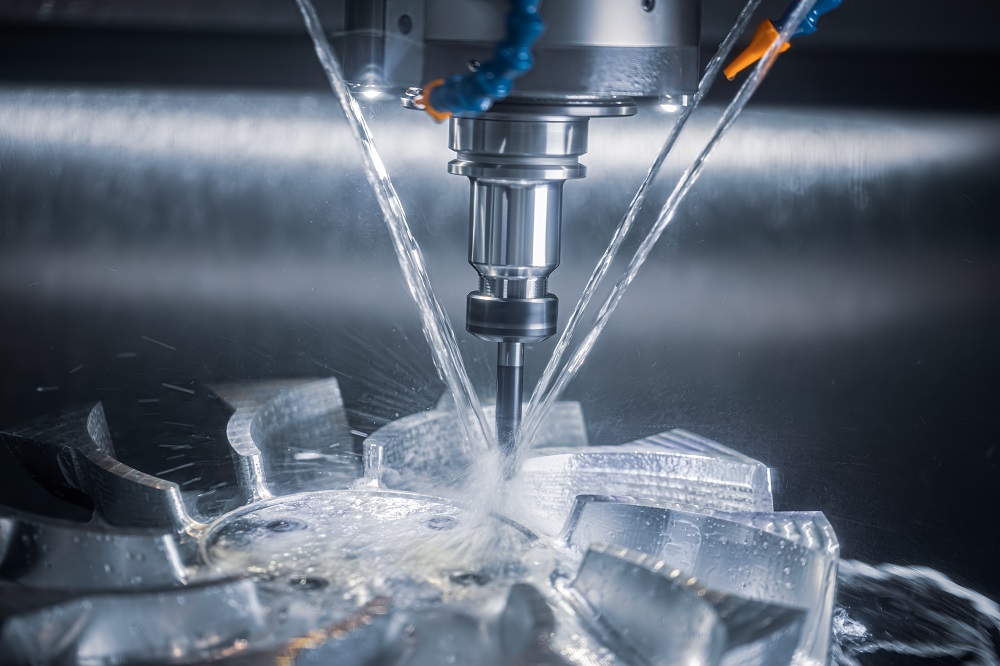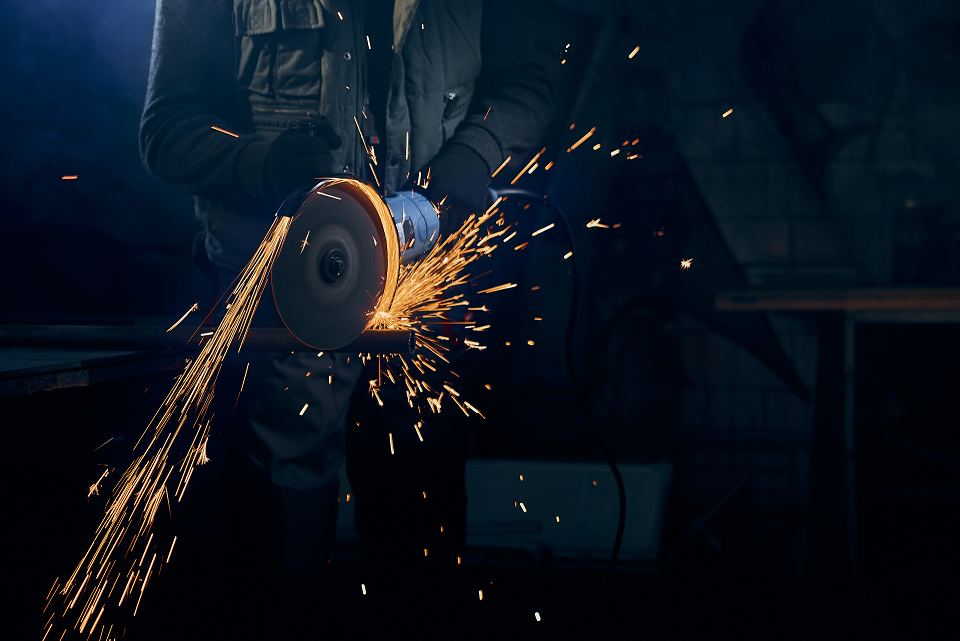Issues reported by customer:
Our customer had two of our pre-coat filters (CFC-90A Filter) to recycle oil-based coolant that was being utilized on their grinding machines to make some of the finest cutting tools in the USA. After a few years of use, they started facing issues with one of the filters and they contacted us. The issues were as follows:
- One of the filters (Filter-1) was not discharging oil.
- The vessels on the filter were operating at very high pressures.
Our observations:
We sent our team to the customer’s site to conduct a thorough analysis of the equipment (Filter-1). to diagnose the problems. The entire troubleshooting lasted for over four days. Upon reviewing the systems in question and their functioning, the following was observed:
- The filter was reaching high pressures (45-50 psi) within 5-10 minutes of starting the filtration cycle.
- Very little clean oil was being discharged into the clean tank.
- A lesser amount of precoat media – Diatomaceous Earth (DE) (50 lbs) of was being loaded in the filter per filtration cycle.
- There was a substantial quantity of fine dirt and DE mixed in with the oil discharged.
- One of the valves on Filter-1 was not operating in throttled (open) mode.
- Pot felt (material used to filter the dirt) present in the pot was damaged and was seen as a potential cause for the presence of pre-coat in the oil tank.
Solution:
The customer had been utilizing lesser than the required amount of DE per cycle that had been hindering the filtration process and resulting in the low discharge of clean oil. As mentioned in our manual, the recommended quantity of pre-coat to be applied per cycle was 200 lbs (3.5 bags) for the pre-coat filter model (CFC-90A).
To get the filter back to normal operation, we followed these troubleshooting steps:
We fixed the throttle setting on the damaged valve on Filter-1 and suggested operating Filter-1 with 2 bags of DE for the initial few cycles. We advised increasing the amount of DE to the recommended quantity of 3.5 bags only once the oil discharged was clean enough and when the filter pressure was under control (~15 to 20psi) during on-stream.
Operating with 2 bags showed small improvements in the filtration process and better discharge of clean oil. We repeated these steps for a few cycles and transferred the fluid to the DSR for the blowdown of dirt into the pot. The blowdown time initially took longer than expected for a small batch but started collecting small batches of dirt on the pot after a few cycles.
To speed up the blowdown process in the first filter, we temporarily connected the pot of Filter-1 to a second filter’s (Filter-2) pot with a flexible hose and started utilizing the DSR vessel of Filter-2. We noticed an improvement in the quantity of dirt collected in both pots. The clean oil collected from the sample line also showed improvements in filterability.
We replaced the pot felt on Filter-1’s pot and cleaned the base of both pots during each cycle to remove any fine dirt settlements, which can block the pot felts and impact the blowdown process. Repeating this process helped in achieving longer on-stream time for each cycle (~20-35mins) and improved oil flow in the clean tank. The clean tank started overflowing into the dirty tank after three days.
Towards the end, we were able to increase the DE quantity to 3.5 bags which fully stabilized the filtration process in Filter-1.
Take-Aways:
Adding the correct amount of DE as specified in the manual is advisable to get the best performance out of any filtration system. Each filtration application is different and the amount specified by each filter manufacturer is unique to each system that is tried and tested to work best for each piece of equipment.
We recommend keeping proper maintenance procedures in place not just for getting maximum performance out of the filter but also, to avoid issues with the equipment in the future. Some best practices are as follows:
- Conduct regular system checks to ensure everything is functioning normally.
- Replace spare parts if necessary, at the earliest.
- Make sure the pressure is maintained when operating the filter.
If you are facing difficulties with your filtration systems or want technical assistance, our experts would be happy to help you find a solution. If you place an order with us, we ensure that you receive support from us anywhere, anytime. We also take care of urgent requirements and make sure to reduce downtime to ensure your work doesn’t stop.
Browse through some of our products to see if any of them could be a good fit for your shop.








